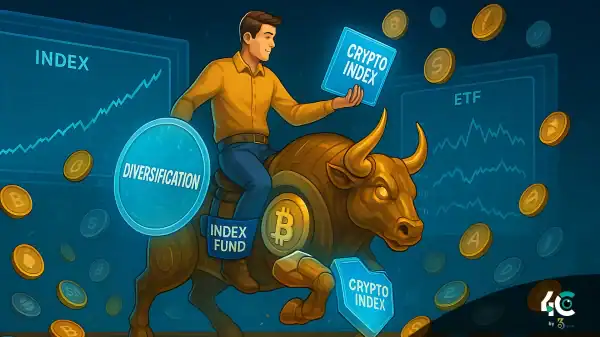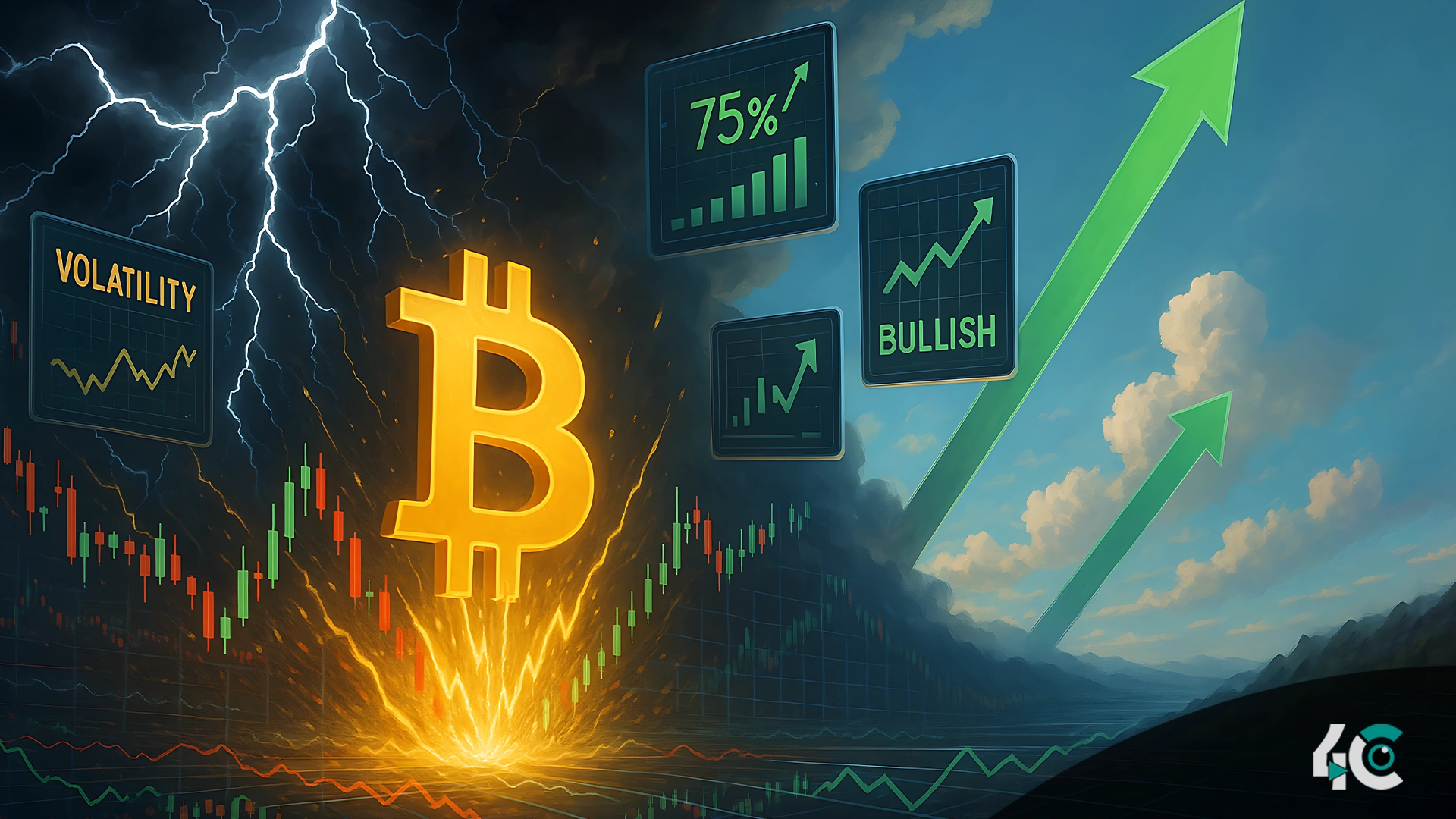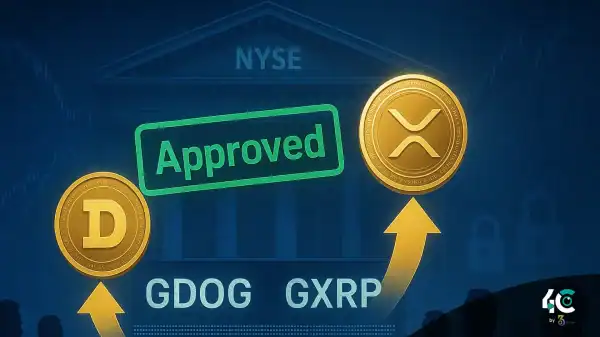Bitcoin’s recent surge in volatility has captured the attention of traders and analysts alike. With the cryptocurrency’s price reaching new highs and breaking through key resistance levels, many are speculating whether this is the beginning of a significant bullish breakout. Understanding the factors driving this volatility and the technical indicators at play can provide insights into Bitcoin’s potential trajectory in the coming weeks.
Understanding Bitcoin’s Recent Volatility
Bitcoin prices have always been unpredictable, but they appear to be even more volatile lately. So much so, it’s surprising investors. In recent weeks, BTC has sharply rallied before suffering equally sharp declines, creating uncertainty about its next move.
What’s Causing the Surge in Volatility?
Numerous key forces are driving the volatility of Bitcoin
Macroeconomic Uncertainty
As the economy becomes increasingly unstable with issues such as inflation and war, people are putting their money in Bitcoin. Despite the above, risk-on and risk-off dynamics have polarized, with conflicting macroeconomic data leading to volatility spikes.
Spot Bitcoin ETF Speculation
The demand for a spot Bitcoin ETF in the U.S., as well as in Canada and Hong Kong, drives optimism. Investors are hopeful that institutions will start using cryptos despite sell-offs due to delays and regulations.
Liquidity Fluctuations.
Reduced liquidity during certain periods of time, usually holidays or market events, can create sharp price spikes and dips.
Algorithmic Trading
High-frequency trading bots and other automated trading systems create volatility in the market as their reactions to trading signals are instantaneous.
Category of Financial Literacy Volatility is Bullish
Bitcoin achieves new record high amid predictions of further bubbling from investors. Here’s how looking back can help us deal with the present.
1. Pre-Halving Cycles
The ‘halvings’ of Bitcoin, which reduce the supply, have been followed by increased volatility historically. As both the miners and investors adapt to the new issuance rate, it enters the price discovery phase. This price discovery phase is characterized by high volatility before stabilising into a bullish trend thereafter. The next halving is expected in 2025, and the current volatility could be part of the cycle.
2. Consolidation Before Breakouts
Bitcoin often goes through consolidations with whipsaw price movements. These periods often end with explosive breakouts as the pent-up demand drives prices higher. For instance.
Towards the end of 2020, Bitcoin traded in a range for many months before going up from $10,000 to nearly $69,000 within a year.
Just like that, at the beginning of 2023, prolonged consolidation broke out of this level, and the price managed to sustain above $30,000.
The current wild swings could indicate that the market is generating the same energy and that bulls are prepared to take control.
On-Chain Metrics: Gauging Market Sentiment
Let’s analyze some important on-chain indicators to better understand what Bitcoin’s volatility is indicating.
1. Exchange Reserves
The amount of Bitcoin on the exchanges is used to indicate selling pressure. The recent data indicates that the supply of exchange reserve coins is declining. This suggests coins held by exchange market makers are getting withdrawn. This may indicate A sign of accumulation rather than distribution.
2. Hash Rate Strength
Bitcoin’s hash rate, which measures the security strength of the network, has reached new highs. The miners’ participation reflects confidence in the underlying asset’s long-term value.
3. Dormancy Trends
Older Bitcoin coins, or “HODL waves,” have moved less frequently recently, suggesting longer duration Bitcoin holders are less concerned with short-term events.
This is a strong signal that the market can anticipate a bullish run soon going forward.
Consider the following challenges
The bullish breakout case is strong, but Bitcoin may lose momentum due to various risks.
Regulatory Headwinds
Increasingly strict regulations (especially in the US and Europe) could lessen investor interest in the crypto space.
Macro Risks
The risk assets, such as Bitcoin, are likely to face downside pressure from persistent inflation, rising interest rates, or a global recession.
Market Manipulation
Whales and big players have a huge impact on Bitcoin’s price and can cause quick reversals through big moves.
Altcoin Competition
Alternative cryptocurrencies, especially Layer-1 blockchains and memecoins, may steal capital from Bitcoin temporarily due to increased competition.
Will Volatility Cause a Breakout? Final Thoughts
Bitcoin’s recent volatility spike shows a market in transition. On one side, the support case for a bullish breakout is strengthened by macroeconomic tailwinds, escalating institutional interest, and robust on-chain fundamentals. We cannot overlook lingering uncertainties and risks that lie outside our control.
Traders must learn the importance of patience and discipline. Key resistance levels $80,000 and $100,000 may indicate whether Bitcoin’s upward trend will sustain momentum. Long-term investors, on the other hand, can use these dips as a chance to buy since Bitcoin is known to bounce back from its drops.
Conclusion
An increase in Bitcoin’s volatility may be the first sign of an impending breakout, despite the current bear market, says in this analysis by Crypto’s New King. Even so, issues like regulatory uncertainty and market manipulation require caution. Traders must take note of resistance levels. On the other hand, long-term investors may use current price volatility to accumulate before a trend reversal. History suggests that Bitcoin has grown stronger after large volatility. As such, this could be a defining moment for skeptics and believers alike.


































